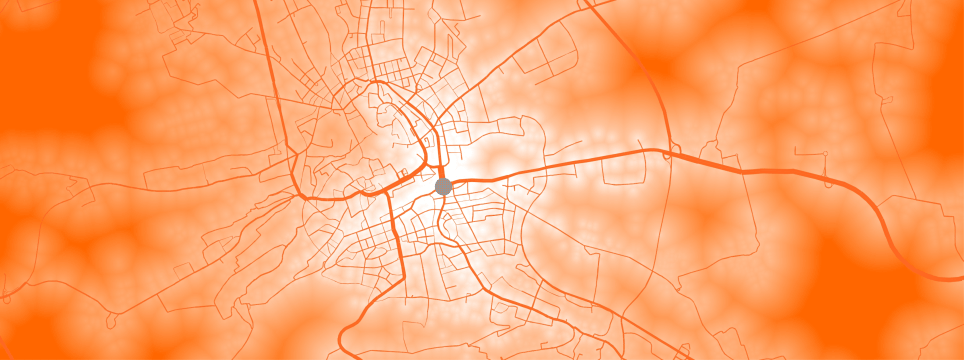Currently, a wide range of planning tools for regional and transport planning purposes are available, e.g. geographic information systems, transport planning models or urban simulation models. Simultaneously, the development of innovative planning tools is advancing at a dynamic pace: new methods, procedures and technologies are continuously created and advanced. These new planning tools may not be able to substitute the knowledge of experienced designers in practice, but innovative planning tools have great potential to improve the quality of regional and transport planning by means of being more realistic and allowing better transparency, faster processing and a graphically more vivid presentation. Establishing planning tools in practice first depends on the fact whether and to which extent
- the problem of the planning task justifies their use,
- the users accept the planning tools.
Social and economic trends result in increasingly complex planning tasks in the field of regional and transport planning. On the other hand, different users, such as designers, persons concerned or politicians, both impose different requirements on planning tools and show diverging experiences, competencies and habits in using these tools.
Technological trends act as catalysts for creating and developing planning tools. Relevant key technologies are Web 2.0 and GeoWeb, technologies for data collection, visualisation and communication, mobile computing and a higher performance hardware for visualisation and transport planning models.
Developing knowledge of methods and instruments, gathering experience with planning tools and building confidence aim directly at increasing the user acceptance of innovative planning tools. Education and training measures as well as initiating user groups, demonstration projects and evaluating the planning tools in empirical studies constitute promising approaches. Further, freely available data (open-governmental data, open-source data), building up (geographic) information systems and an open-minded innovation and planning structure contribute to a wider use of planning tools in the practice and, therefore, to an improved planning quality.

The user survey clearly demonstrates a lower demand on new planning tools but a higher one on improving existing planning tools.
In order to push the use of planning technologies, recommendations for action have been developed in the area of conflict between planning task, user and planning tools. The figure represented shows interactions and possible approaches.

